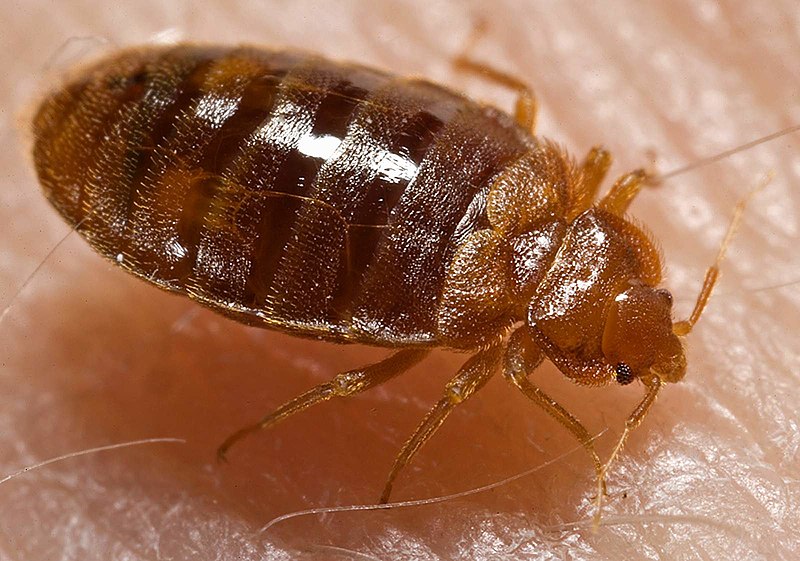Датотека:Bed bug, Cimex lectularius.jpg

Veličina ovog prikaza: 800 × 561 piksela. 5 drugih rezolucija: 320 × 224 piksela | 640 × 449 piksela | 1.024 × 718 piksela | 1.280 × 898 piksela | 1.600 × 1.122 piksela.
Originalna datoteka (1.600 × 1.122 piksela, veličina datoteke: 161 kB, MIME tip: image/jpeg)
Istorija datoteke
Kliknite na datum/vreme da biste videli tadašnju verziju datoteke.
| Datum/vreme | Minijatura | Dimenzije | Korisnik | Komentar | |
|---|---|---|---|---|---|
| trenutna | 15:11, 17. maj 2007. |  | 1.600 × 1.122 (161 kB) | Patho | == Summary == {{Information |Description=ID#: 9822 Description: This 2006 photograph depicted an oblique-dorsal view of a '''bed bug nymph, Cimex lectularius''', as it was in the process of ingesting a blood meal from the arm of a “voluntary” human h |
Upotreba datoteke
Sledeća stranica koristi ovu datoteku:
Globalna upotreba datoteke
Drugi vikiji koji koriste ovu datoteku:
- Upotreba na af.wiki.x.io
- Upotreba na an.wiki.x.io
- Upotreba na ar.wiki.x.io
- Upotreba na arz.wiki.x.io
- Upotreba na ast.wiki.x.io
- Upotreba na as.wiki.x.io
- Upotreba na azb.wiki.x.io
- Upotreba na be.wiki.x.io
- Upotreba na bg.wiki.x.io
- Upotreba na bjn.wiki.x.io
- Upotreba na bn.wiki.x.io
- Upotreba na bs.wiki.x.io
- Upotreba na ca.wiki.x.io
- Upotreba na ca.wikiquote.org
- Upotreba na ca.wiktionary.org
- Upotreba na ceb.wiki.x.io
- Upotreba na cs.wiki.x.io
- Upotreba na cv.wiki.x.io
- Upotreba na dag.wiki.x.io
- Upotreba na de.wikibooks.org
- Upotreba na din.wiki.x.io
- Upotreba na el.wiki.x.io
- Upotreba na eml.wiki.x.io
- Upotreba na en.wiki.x.io
- Upotreba na en.wikinews.org
- Upotreba na en.wiktionary.org
Još globalnog korišćenja ove datoteke.
